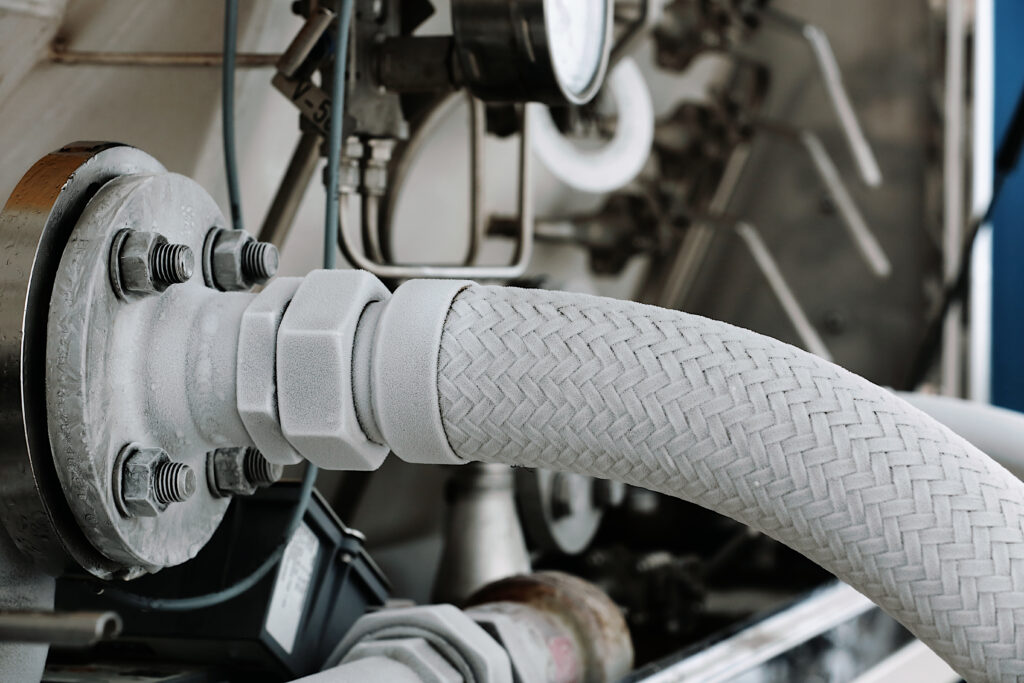CO2 Storage
It will be necessary to achieve our net-zero target!
CO2 will be captured from point sources such as cement, waste treatment and biogas upgrading plants. A team led by Viola Becattini and Marco Mazzotti demonstrates this technology at the pilot scale. Liquefied CO2 from a wastewater treatment plant is delivered to a local concrete recycling facility to get stored in building materials or to be transported to Iceland and be stored in the underground. In both cases, CO2 is locked away from the atmosphere using the technologies developed by two academic spin-offs, Neustark and Carbfix.
So far, we have talked a lot about reducing emissions. But let’s face it, there is already a lot of CO2 up there! Furthermore, even a future low-carbon economy will emit some greenhouse gases in so-called hard-to-abate sectors, such as in the manufacture of cement, steel, in livestock and crop farming, and in the chemical and pharmaceutical industries. In the case of Switzerland, the long-term climate strategy estimates 7 million tons of CO2 per year will need to be captured, transported, and stored by 2050 to achieve net-zero.
So what’s the first step? Capturing carbon dioxide, either from the atmosphere or directly from the polluting plants where the CO2 is much more concentrated. This step relies on chemical reactions to remove CO2 from the air passing over reactive surfaces called sorbents.
Next up: storing the CO2. One key aspect to keep in mind here is the idea of permanence. The biosphere, for example, has actually also been capturing and sequestering carbon dioxide for millennia: Plants capture and store CO2 in their biomass. However, this CO2 is released when plants decay or are burned. A more permanent option is letting CO2 react with other elements to form rocks in a so-called carbonation process. Thus, the CO2 gets stored for hundreds to thousands of years.
Of course, there are significant challenges: To start with, CCS technology is in a pilot stage and hence very expensive. Will we be able to scale these technologies economically? Furthermore, suitable underground storage sites have only been located in few places, such as below the seabed of the North Sea or in Iceland, far from where the CO2 was originally captured in Switzerland.
Is there a more local alternative? Indeed, the startup Neustark is aiming to combine CO2 sequestration with the world’s largest waste stream: the construction and demolition of concrete. Specifically, two waste products known as concrete aggregate and concrete slurry are brought together with biogenic CO2 in a watery solution. A carbonation reaction then takes place and the CO2 is locked into calcium carbonate (CaCO3).
Turns out, this rock – also referred to as carbonated recycled concrete aggregate (RCA) – could even be used again in construction! Recent studies have even shown that RCA may have increased compressive strength and hence the potential to further decrease cement content of concrete.
However, we should not let the potential of this technology distract from the fact that we need to accelerate reducing our CO2 emissions in the first place. So go check out our other featured exhibits!


